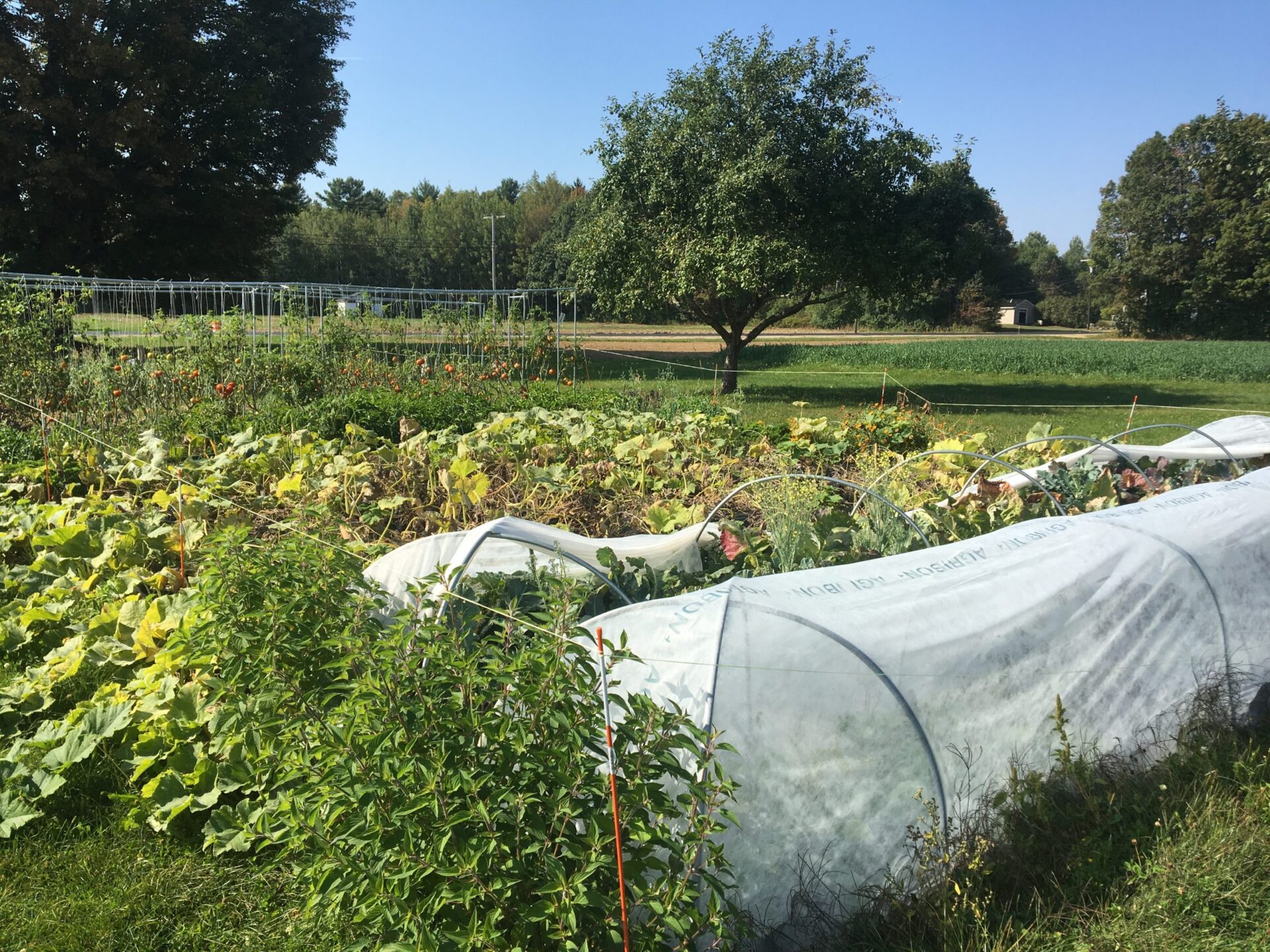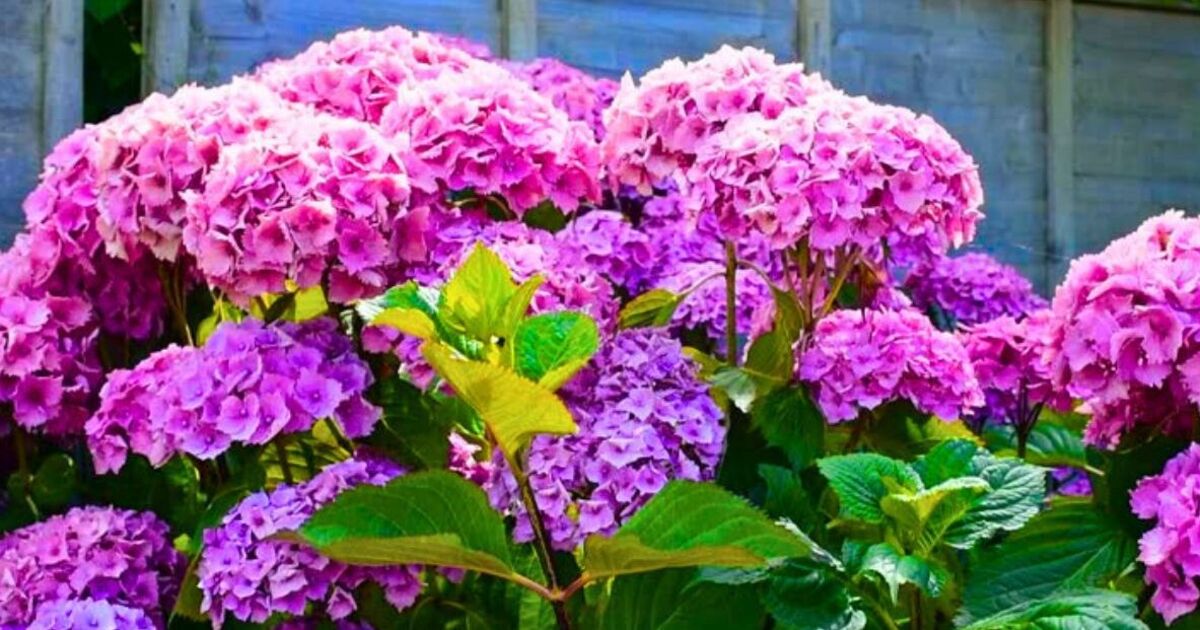As the autumn leaves begin to fall, thoughts tend to drift towards a warm blanket, a good book, and a window-side perch. But for those who have dedicated their summer to nurturing a blooming backyard garden, two choices stand: bid adieu to the growing season, or prepare for a forthcoming fruitful spring.
Seeking advice on this matter brings us to Kate Garland, a horticulture expert. She explains autumn is, in fact, a critical period in which necessary gardening tasks emerge. This, she says, is almost counterintuitive – the assumption would be that once the bulk of the planting, maintaining, and harvesting tasks of the summer months have subsided, the to-do list would become significantly less demanding. But contrary to this notion, she emphasizes the importance of preparing the garden during fall to ensure a thriving harvest in the upcoming spring.
Garland advises gardeners to keep their crops viable and well-maintained for as long as they chose to nurture them. Combined with the unpredictability of weather conditions, the crucial autumn tasks turn out to be quite the challenge. However, it is not impossible. As certain crops like carrots, beets, and chard may prosper even in colder weather, the garden can continue thriving until winter arrives.
This period of lingering autumn weather is also the time when certain weed species produce and disperse vast amounts of seeds. Keeping your garden weed-free during this time will prevent the seeds from settling and hibernating through the winter, reducing the weeds you’ll need to tackle come spring. Even unripe tomatoes can benefit from the fall weather. If picked from the vine and placed in a warm and sunny spot, they can ripen slowly, though their sweetness may be mild compared to vine-ripened ones.
Apart from constant weeding, implementing simple season extension methods will further the production of your crops. This involves covering your crops with a sheet to shield them from cold temperatures, especially at night. This autumn care will support growth for a few more weeks.
Once the plants have completed their life cycle, removing them from the ground is advised as it can prevent potential fungus or insects from inhabiting the soil over winter. The organic matter from the garden, along with dead leaves, makes for excellent compost material that can be added to a compost bin and kept until spring.
As autumn winds down, any leftover compost from this season can also be added to your weed-free and bare garden beds. Acting as a soil additive, it improves soil health in preparation for the new season. Additionally, to gauge the nutrient content and acidity level of your soil, a soil test is highly recommended. Such a review can diagnose deficiencies to be remedied before spring arrives.
Amidst all these tasks lies another crucial job: taking stock of the past growing season. It’s important to evaluate which plants flourished and which suffered, to identify pests or diseases that infected the crops, and to invest time in comprehending the enemy dwelling in your garden. This informed strategy will serve you well in preparing for a flourishing spring and summer next year. Remember, understanding the garden’s adversities is a prudent practice during fall.




